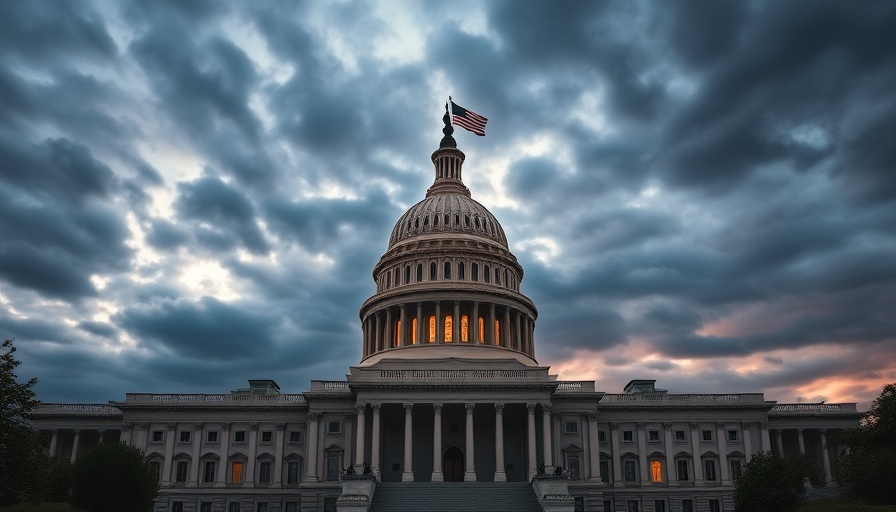
Redistricting: A Game Changer for Republican Power?
In a move that has the potential to reshape the political landscape for decades, Trump's push for redistricting could solidify Republican dominance over the US House of Representatives. Redistricting, the process of redrawing electoral district boundaries, is a powerful tool often used to gain political advantage. By manipulating district lines, political parties can create "safe" districts where they hold a clear majority, thus influencing the overall balance of power in Congress.
Historical Context: The Role of Redistricting in American Politics
Historically, every decade has seen states engage in redistricting following the census, creating opportunities for political maneuvering. The 2010 redistricting led to a significant Republican advantage, contributing to their takeover of the House. In contrast, the 2020 census presented Democrats with a chance to reverse these trends, but strategic manipulation by Republicans could undermine this by creating districts designed to favor Republican candidates for years to come.
The Social Impact of Redistricting
Understanding redistricting is crucial not only for political enthusiasts but also for average voters. It affects representation in Congress, influencing decision-making on vital issues like healthcare, education, and infrastructure funding. If redistricting leans heavily Republican, areas with diverse needs may find their concerns sidelined, resulting in policymaking that fails to address the needs of all constituents.
Future Predictions: What Lies Ahead?
Experts warn that if Trump’s redistricting strategy gains traction, it could entrench Republican power. Political analysts predict this could usher in policies that reflect conservative priorities, including reductions in social programs and tax reforms favoring the wealthy. As voters prepare for the next elections, understanding the implications of redistricting becomes essential, as it shapes not just who gets elected, but also the legislative agenda that follows.
Counterarguments: The Case for Non-Partisan Redistricting
Critics of partisan redistricting argue it leads to political extremism and dissatisfaction among the electorate. Non-partisan groups advocate for independent commissions to take redistricting out of politicians' hands, suggesting that this could lead to fairer representation. This debate highlights the complexities of a system where lines can be drawn to favor one party over another, often at the detriment of constituent needs.
Challenges for Voters: What Can You Do?
As citizens, it’s crucial to stay informed about the redistricting process and its potential impact on elections. Voters can advocate for transparent and fair redistricting practices—engaging local representatives, supporting non-partisan initiatives, and participating in public forums to voice their opinions on district changes. Moreover, involvement in local elections can ensure that they elect officials who prioritize fair representation.
In conclusion, Trump's redistricting push stands at a crossroads where the future of American democracy hangs in the balance. Understanding the implications of this strategy is vital for every voter.
 Add Row
Add Row  Add
Add 



Write A Comment